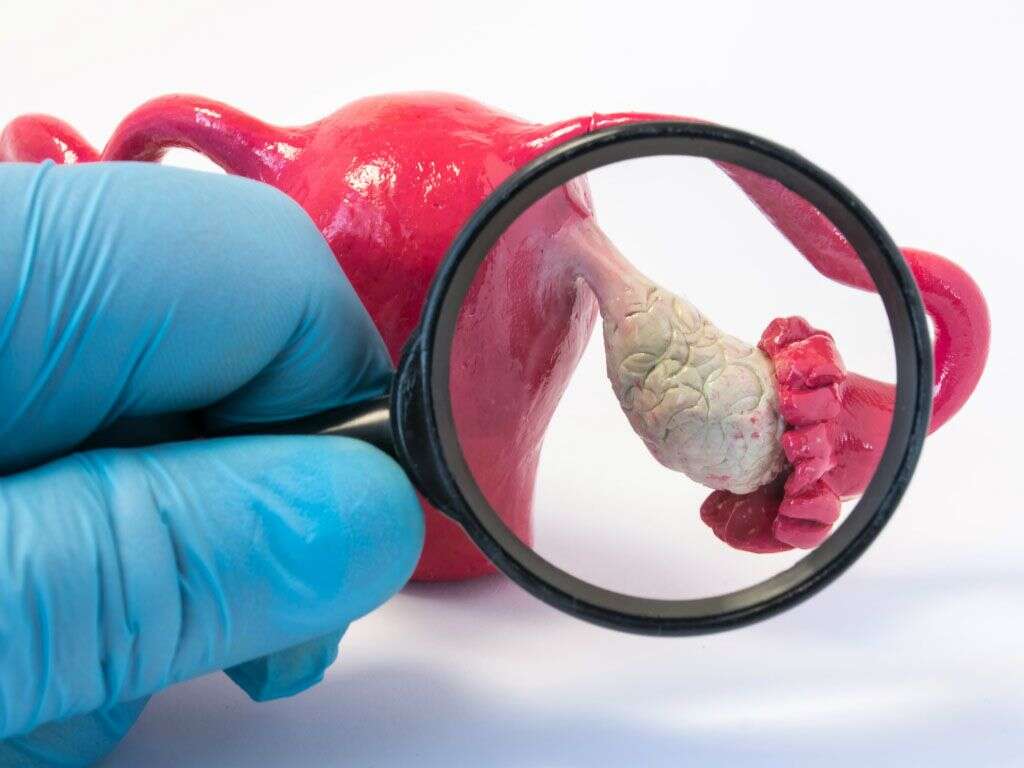Galactorrhea Symptoms, Causes and More
 Article Sources
Article Sources
- 1. Leung, Alexander K.C., and Daniele Pacaud. ‘Diagnosis and Management of Galactorrhea.’ American Family Physician, 1 Aug. 2004, aafp.org/afp/2004/0801/p543.html
- 2. 'Evaluation and Management of Galactorrhea.’ pubmed.ncbi.nlm.nih.gov/22962879/
- 3. Galactorrhea By John D. Carmichael, et al. ‘Galactorrhea - Hormonal and Metabolic Disorders.’ Merck Manuals Consumer Version, Merck Manuals, merckmanuals.com/home/hormonal-and-metabolic-disorders/pituitary-gland-disorders/galactorrhea
- 4. Education, Pediatric, and Pediatric Education. ‘How Long Does Neonatal Galactorrhea Last?’ PediatricEducation.org™, pediatriceducation.org/2020/05/25/how-long-does-neonatal-galactorrhea-last/
- 5. 'Chiari Frommel Syndrome.’ NORD (National Organization for Rare Disorders), rarediseases.org/rare-diseases/chiari-frommel-syndrome/
- 6. 'Galactorrhea in Teens: Care Instructions.’ MyHealth.Alberta.ca Government of Alberta Personal Health Portal, myhealth.alberta.ca/health/AfterCareInformation/pages/conditions.aspx?hwid=av2818
- 7. Leung, Alexander K.C., and Daniele Pacaud. ‘Diagnosis and Management of Galactorrhea.’ American Family Physician, 1 Aug. 2004, www.aafp.org/afp/2004/0801/p543.html
Galactorrhea in Newborns
Galactorrhea can occur in some newborns as a result of the influence of the mother's hormones on the fetus. In such cases, the infant may secrete milk for as long as two months after their birth.
Infants with galactorrhea may have larger breasts than infants without it. This form of the condition is common in infants who are nursed and less common in infants born prematurely. Galactorrhea in newborns typically resolves itself in a few months.
Advertisement











